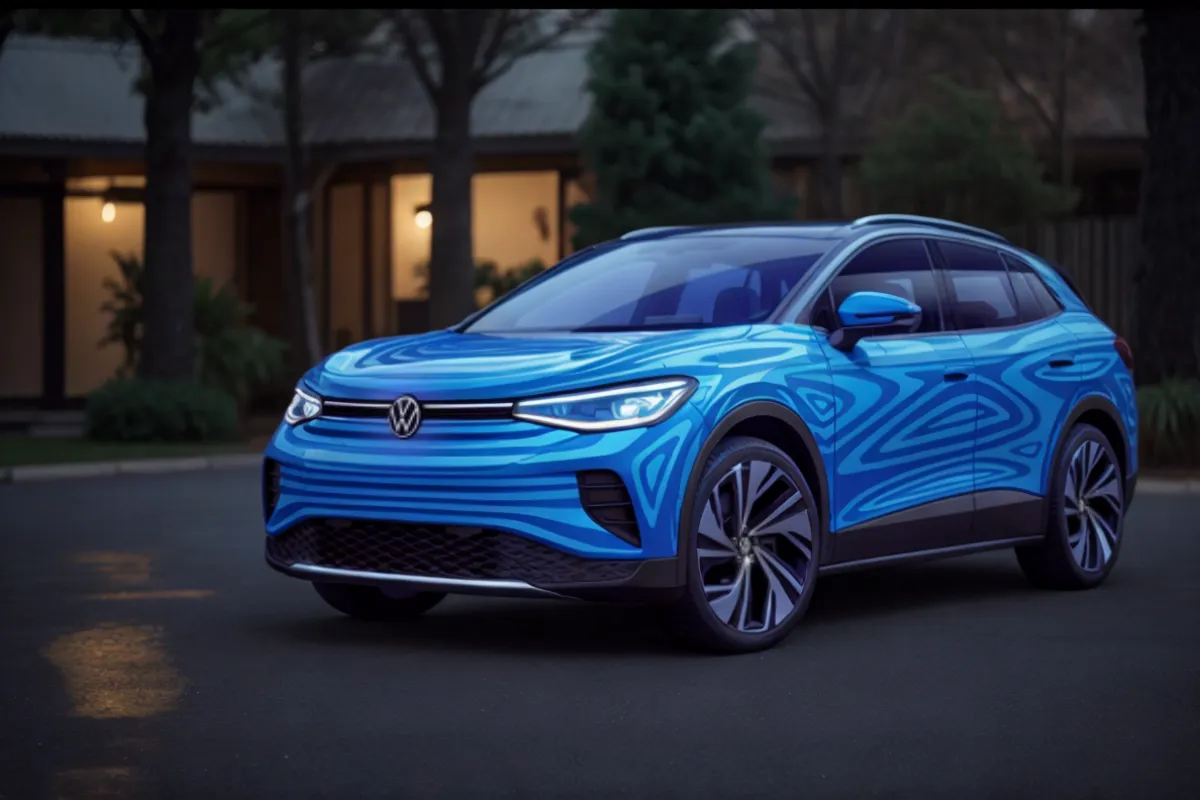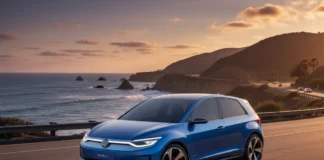In a bold strategic move, Volkswagen is steering its future in a way that not only addresses current market challenges but also paves the way for renewed growth in electric mobility. As part of a comprehensive restructuring strategy, the iconic German car manufacturer has seen nearly 20,000 of its employees voluntarily step away from their roles. This significant milestone—achieved through early retirement programmes and negotiated exit packages—signals a turning point in the company’s evolution.
Volkswagen’s ambitious plan originally aimed to reduce the workforce by 35,000 positions by 2030. The restructuring is designed to help the company save an estimated €1.5 billion per year by streamlining production costs and realigning its business operations. Facing a competitive landscape where electric vehicle sales dipped and global demand remained fragile in some regions, particularly in traditional markets, Volkswagen recognized the need to transform its operational model. The challenges from a declining electric car market in recent months have prompted the company to adopt forward-thinking measures to regain competitiveness and safeguard its long-term position.
To better understand the changes underway, consider the following breakdown of Volkswagen’s major restructuring components:
| Key Aspect | Details |
|---|---|
| Planned Workforce Reduction | A total of 35,000 employees are expected to depart by 2030, representing nearly 30% of Germany’s workforce. |
| Voluntary Departures | Approximately 20,000 employees have already left the company through early retirement and exit packages. |
| Annual Savings Goal | The restructuring aims to yield annual savings of around €1.5 billion, driven by reduced wage costs and optimized production. |
| Reallocation of Production | Certain production lines, such as the Golf, are being shifted to more cost-effective locations like Mexico. |
This influential table summarises the key metrics of Volkswagen’s transformation plan, demonstrating its commitment to operational efficiency and strategic renewal.

Industry insiders suggest that these voluntary exits may have been accelerated by employees’ concerns about long-term job security. The fear of harsher conditions or eventual forced layoffs may have nudged workers toward accepting early exit offers. In a recent staff briefing at the Wolfsburg headquarters—the heart of Volkswagen’s operations—the company’s HR director, Gunnar Kilian, stressed that the initial measures of the “Future Volkswagen” agreement have already borne fruit. He confidently stated, “We are on the right path,” marking this period of transition as a necessary step toward revitalizing the group’s competitiveness.
This development not only clarifies the internal realignment but also reflects broader shifts in the automotive landscape. While traditional automobile sales in Europe face headwinds, registrations for electric vehicles are seeing a rebound across the continent. For a company with illustrious brands such as Seat, Cupra, Audi, and Skoda under its roof, these changes are instrumental in accelerating its transformation into a leaner, more agile player within the electric mobility sector. The restructuring is not merely about operational cost savings—it aims to foster innovation, boost production efficiency, and ultimately lead the transition to a greener, more sustainable future for the global automotive industry.
In tandem with these workforce adjustments, Volkswagen is also rethinking its production methods and market positioning. With plans to transfer some production lines overseas and further invest in flexible working models, the company is setting a new standard for how legacy manufacturers can adapt to rapidly changing market dynamics. By enhancing its focus on electric mobility, Volkswagen is not simply trimming its workforce but is also preparing to lead the charge in a future where sustainable mobility is paramount.
Future Implications for the Automotive Industry
As Volkswagen navigates this period of transformation, industry experts are paying close attention. The move is indicative of broader trends where legacy automobile manufacturers are compelled to pivot quickly in response to evolving consumer preferences and regulatory demands for cleaner, more efficient technologies. For the United Kingdom audience keen on technology and electric mobility, these changes underscore a significant shift in the automotive landscape—a move from traditional manufacturing to a future where innovation and sustainability go hand in hand.
Volkswagen’s restructuring efforts and its focus on electric vehicle development serve as an instructive case study for other companies grappling with market disruptions. By strategically reducing operational expenses while reinvesting in next-generation technology, Volkswagen exemplifies how traditional industries can reinvent themselves through agile decision-making and forward-looking investments. This bold transformation is likely to influence industry practices and inspire similar initiatives across the European automotive sector.





